Have Fun With Playdough This Easter Holidays!I use playdough all the time with young kids to support communication development. It's a great activity to get communication happening and there's lots kids can learn through playdough! Having a set of good cookie or playdough cutters is great for modelling lots of different vocabulary targets (e.g. house, butterfly, plane) and working on early categorisation skills (e.g. Lets put all the vehicles over here and all the animals over here). Playdough play is also great for encouraging use of action words (e.g. cutting, pushing, rolling) and early concept words (e.g. big/little, long/short - "I've rolled a big ball. Your ball is li____?", "My snake is long, your snake is sh____."). You can use playdough for making many different shapes and objects to talk about such as making a persons body or face out of playdough (e.g. model the names of different body parts as you talk about what you are making, such as "To make a person we need a body, head, legs, and arms. What else do we need?"). Try making different animals such as a snake for modelling different animal noises and early sound play (e.g. "Snake says SSSsssss"). Playdough is a great sensory activity and can also be used to encourage development of early social skills such as turn taking, joint attention, sharing, making a choice, requesting, asking for help. It's a great activity to keep young kids occupied on a play date too. They love to get in and help make it and see the colours go through the dough. I like to make my own playdough for peace of mind that if they decide to taste it (lets face it, most kids give it a taste test at some stage) there aren't any hidden nasties. Joan's Playdough Recipe:
Sarah Creagh |
| Nouns: I me/my/mine you bubbles | Position Words: up down on here | Adverbs: again no away |
| Verbs: look blow pop stomp catch help jump | Describing Words: big little more wet sticky yucky done gone | Word Combinations: more bubbles more bubbles please more big bubbles blow bubbles blow bubbles up blow down I do my turn bubbles up high come here bubbles look bubbles pop bubbles pop again help me |
Have fun with your bubbles! If you'd like more ideas on how you can maximise your child's development, sign up to my newsletter.
Written By Sarah Creagh
Speech Pathologist
Speech Smart Therapy
Speech Pathologist
Speech Smart Therapy
| Last week I spoke about the benefits of reading to your baby/child from day dot. Here are a list of some of my favourite books for children aged 0-3 years. 'Once I heard a little wombat' is a particularly good one to add to your reading list if you haven't already. The rhyming text in the book keeps small children entertained and helps them to recognise patterns in speech. Toddlers will love to act or dance the actions performed by the animals. This book also was awarded top place at the Speech Pathologist Book of the Year Awards, ages 0-3 years. |
'Dear Zoo' is fantastic for engaging little ones with it's interactive flaps and repetitive text that allows children to begin to engage and 'read' the story themselves. Have fun making each animal noise together as your child opens each flap to teach early sound production. Great for teaching animal vocabulary too!
'The Very Hungry Caterpillar' has become a classic that all children love. Great for teaching early story sequencing skills, food vocabulary, counting skills and concepts.
If you missed my recent blog on the benefits of reading to children daily you can see it below: http://www.speechsmart.com.au/blog/number-1-on-my-play-chat-learn-activity-list-read-together-daily
Speech and Language Development in 6-12 month olds This is such an exciting age where your baby learns and develops so much. Here are some of the exciting things your baby will learn to do: * Turns and looks in the direction of sounds * Listens when spoken to *Responds to simple spoken requests e.g. "come here", "up", "ta" * Copies gestures (e.g. clapping hands) * Uses simple gestures such as shaking head for "no" or waving "bye-bye" * Laughs in response to something *Enjoys playing simple social games such as peek-a-boo and pat-a-cake *Understands first words such as familiar peoples names (e.g. "Nana") or common items such as “cup,” or “milk” *Babbles using long and short groups of sounds he/she repeats (“dada, mama, bibibi”) and will start to vary sounds (e.g.babadaga) once skilled at repeating them. *Babbles to get and keep attention * Imitates different speech sounds he/she hears (e.g. ah oh, brrrm) * Has one or two words (“hi,” “dog,” “Dada,” or “Mama”) by first birthday | Babbling and attempting to copy sounds and first words is a critical stage of speech and language development and sets the foundation for future speech and language development. If your baby doesn't seem to play with making sounds or hasn't gone through the babbling stage by 12 months of age, a speech pathology assessment is recommended. |
Top 10 To Do List To Help Babies Learn to Talk:
Number 1
Babies learn about talking and listening through play, so it's important to set aside time to play with your baby each day.
Number 2
Imitate your babies sounds. Watch your baby and copy their actions and sounds. Do this immediately after your baby has made a sound. Make this into a fun game you play everyday. Reward your baby if he/she imitates the sound back by showing them you're excited they copied you (e.g. smile, cuddle, comment "clever talking").
Number 3
Take turns making sounds and playing. Pause to listen and speak just like you would in an adult conversation. Copy their actions and sounds and then wait for them to try to copy you or make a different noise or action.
Number 4
Talk to your baby often, get face to face with them speaking slowly, clearly and simply. Babies love to watch their parents faces and this is great for encouraging sound play, language development and early social interaction skills.
Number 5
Lots and lots of sound play. Play games and activities that encourages lots of sounds. Watch and listen to your baby to see what activities he/she likes to make sounds during. What sounds does he/she like to make? Are there certain times of the day he/she likes to make sounds (e.g. bathtime, mealtimes, waking up time)? Use these times to join in making sounds and modelling how to make different sounds.
Number 6
Use exciting toys, books and games to encourage making sounds. Toys that have a 'surprise' or books that are colourful with tags, flaps and crinkley fabric they can play with are most likely to make your child vocalise (e.g. Jack in the Box, Pop Up Farm Toy). You can choose key words to model repeatedly that your baby will enjoy listening to, learning and might try to copy (e.g. open, pop, peek-a-boo Jack).
Number 7
Mirror time is great! Babies often love making sounds in front of a mirror with mum or dad. Sit in front of a mirror together and make silly faces and noises together.
Number 8
Sing songs and nursery rhymes together everyday. Singing the same words over and over again will help your baby learn language and rhythm. Try singing to your baby in babble sounds and nonsense sounds (e.g. la la la, da da da, na na na, MMmmm) and see what he/she does. Encourage your baby to join in by smiling, clapping or praising any of his/her attempts.
Number 9
Introduce new sounds once your baby is able to take turns producing a single sound (e.g. baba). You can encourage your baby to copy a new sound (e.g. mama). You might focus on a sound your think they might be starting to try to make (e.g. Mmm) or introduce a sound they aren't making yet (e.g. gaga)
Number 10
'Use lots of sounds during play. These don't have to be real words, they can be made up sounds or easy words like an animal noise. 'Play sounds' catch a baby's attention, are easier to understand and are often easier to imitate than real words. Examples you could try are:
wee - when pushing on a swing.
pop - when popping bubbles
moo, baa, neigh, woof - animal noises when playing with toy animals
Brrrmm brrmm - when pushing a toy car to each other
ha ha ha - when patting panting dog
Grrr - when pretending to be a lion
Mmmm - when eating something nice
raspberry blowing - when pretending to be a horse or playing with toy horse
wee - when lifting up high
eeow - when flying toy plane or pretending to be a plane
oh oh - when drop something
toot toot - when playing with toy truck or watching real truck go past
wee - when pushing on a swing.
pop - when popping bubbles
moo, baa, neigh, woof - animal noises when playing with toy animals
Brrrmm brrmm - when pushing a toy car to each other
ha ha ha - when patting panting dog
Grrr - when pretending to be a lion
Mmmm - when eating something nice
raspberry blowing - when pretending to be a horse or playing with toy horse
wee - when lifting up high
eeow - when flying toy plane or pretending to be a plane
oh oh - when drop something
toot toot - when playing with toy truck or watching real truck go past
Written By Sarah Creagh, Speech Pathologist.
References Used:
Speech and Language Developmental Milestones - NIDCD
www.nidcd.nih.gov
Child Development Milestones - 6 months - Queensland Government
www.health.qld.gov.au
'Early Communication Skills' Handout, Speech Pathology Department, Priness Margaret Hospital
Helping Your Baby To Talk, Speech Pathology Australia
www.speechpathologyaustralia.org.au
www.nidcd.nih.gov
Child Development Milestones - 6 months - Queensland Government
www.health.qld.gov.au
'Early Communication Skills' Handout, Speech Pathology Department, Priness Margaret Hospital
Helping Your Baby To Talk, Speech Pathology Australia
www.speechpathologyaustralia.org.au
Author - Sarah Creagh
I'm a speech pathologist with a passion for working in partnership with parents to support children to reach their maximum potential.
Archives
September 2018
December 2017
October 2017
September 2017
August 2017
July 2017
June 2017
April 2017
March 2017
February 2017
January 2017
December 2016
November 2016
Categories
All
Communication
Early Childhood
Emergent Literacy
Learn List
Literacy Skills
School Age Assessment
School Age Children
Toddler Talk




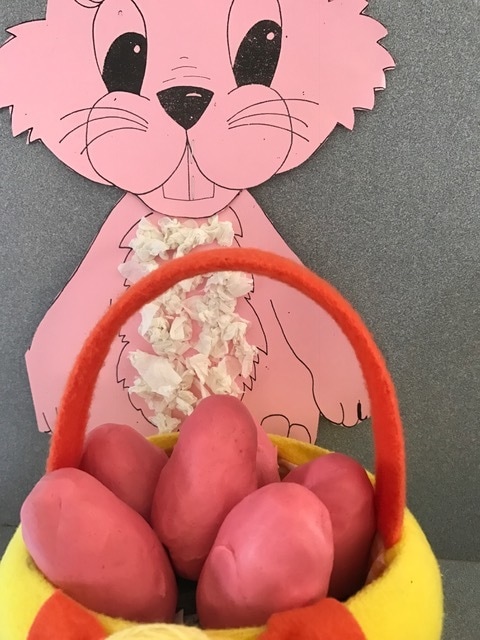



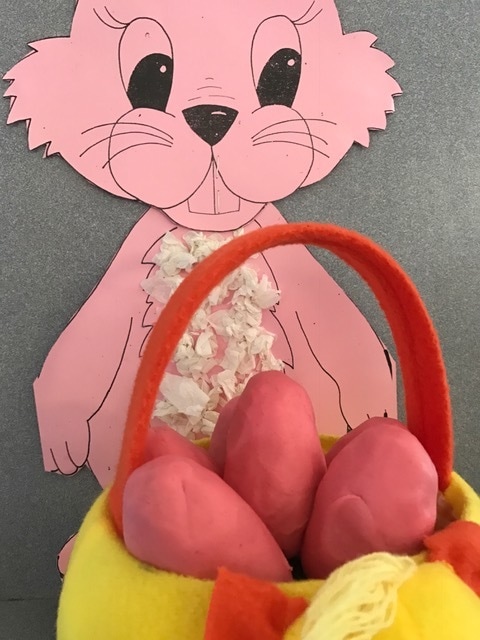

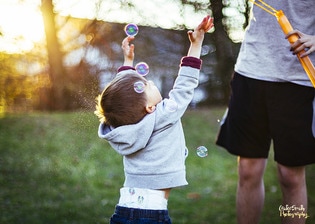

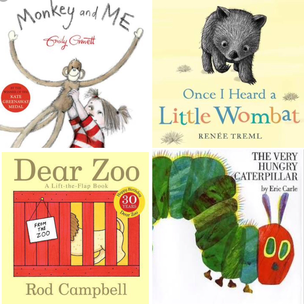
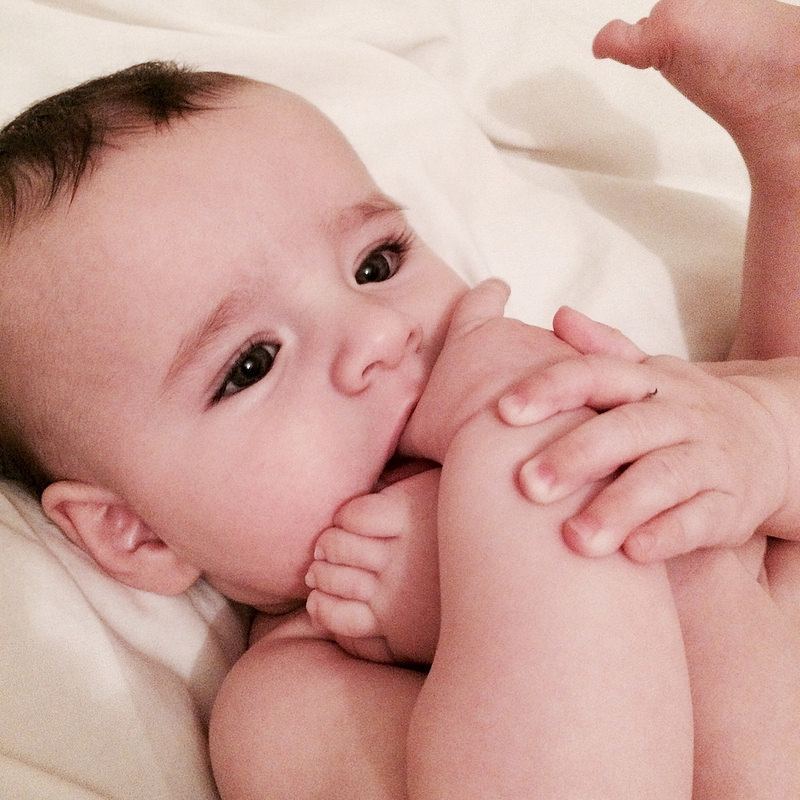

 RSS Feed
RSS Feed

